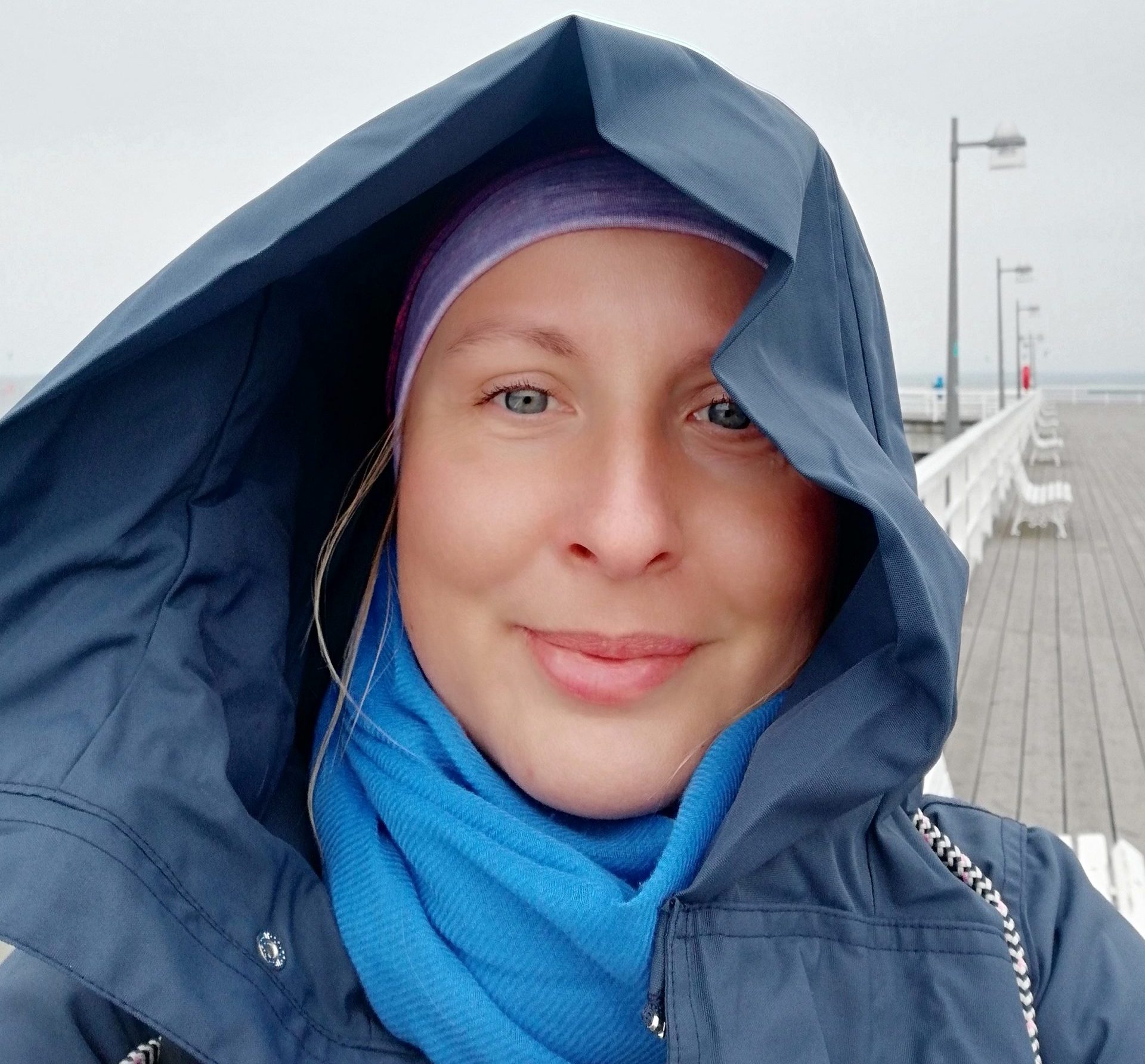
Dominika Czarnecka
Institute of Archaeology and Ethnology, Polish Academy of Sciences in Warsaw
-
- Research topic:
- Staged Otherness. The Shows of Human Oddities in Lviv, 1850-1939
- Period:
- September 2021

Institute of Archaeology and Ethnology, Polish Academy of Sciences in Warsaw
Dominika is an Assistant Professor at the Centre for Ethnology and Contemporary Anthropology at the Institute of Archaeology and Ethnology of the Polish Academy of Sciences in Warsaw. Currently, she is researching the topic "Staged Otherness. Human Oddities in Central and Eastern Europe, c. 1850–1939". Additionally, she is working as a Principal Investigator in the research project entitled “Through Body in Motion. Anthropological Study of Embodied Experiences and Identity Transition of Female Fitness Culture Participants”.
Her research, "Staged Otherness. The Shows of Human Oddities in Lviv, 1850–1939", is a part of a wider project on ethnographic and freak shows in Central and Eastern European countries in the latter half of the nineteenth century and the first decades of the twentieth century. It considers reasons, trends, public reactions, and changes in the development of this cultural phenomenon in specific Central and Eastern European contexts.
She studied Law, History, and Cultural Anthropology at the Nicolaus Copernicus University in Toruń. She participated in several cooperation projects and conducted research trips to Latvia, Bulgaria, Romania, Ukraine. She is the author of Monuments in Gratitude to the Red Army in Communist and Post-Communist Poland (L’Harmattan, 2021), and co-editor of several thematic issues. In autumn 2021 the book Staged Otherness: Ethnic Shows in Central and Eastern Europe 1850-1939 (CEU Press), edited by Dagnosław Demski and Dominika Czarnecka, will come out.
In Lviv, she searches for archival, press, visual material on ethnographic and freak shows. She will also conduct field research in local museums in order to trace material remains of such shows as well as in sites where human exhibitions were used to organized.